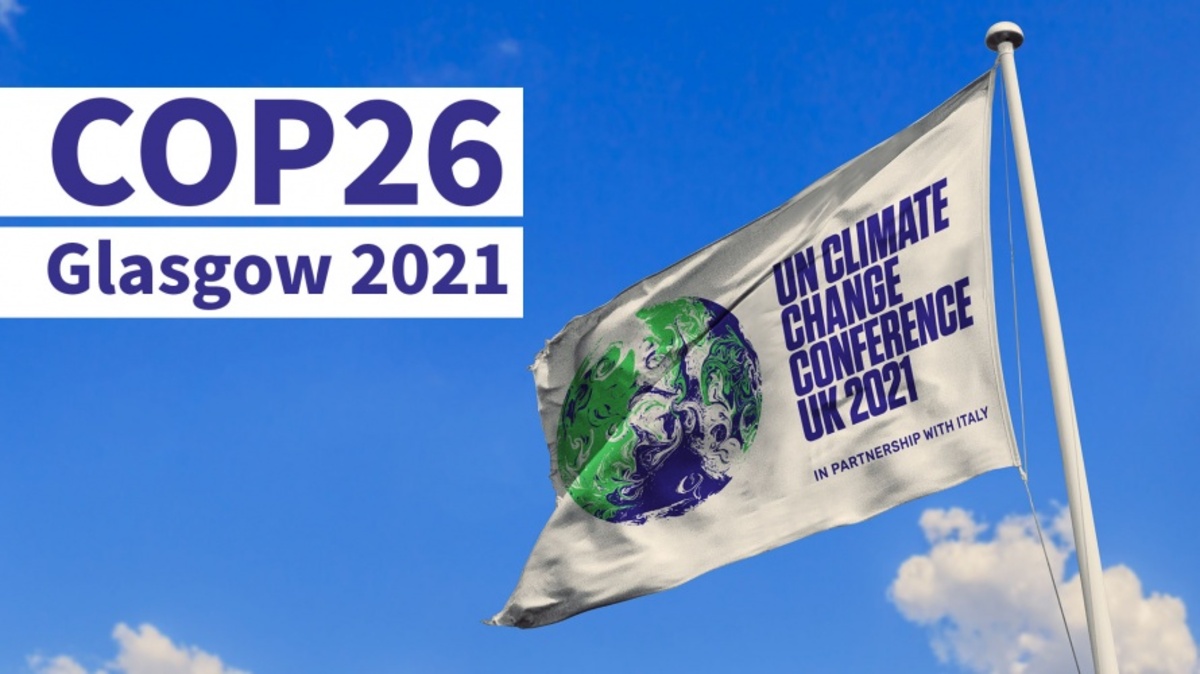Countries, banks, and business leaders announced a range of climate plans and pledges a year ago. It was at the United Nations climate talks (COP) in Glasgow, Scotland. Since then, enough time pass to see what was done and how are things today. What happened with some of the biggest promises from Glasgow?
Almost 200 countries agreed at last year’s COP 26 summit to improve their emissions-cutting pledges. These pledges are known as Nationally Determined Contributions or NDCs. We are only a few days away from COP 27 in Egypt, and we can freely say that only a few dozen countries have done something so far. Do we need proof? Here it is: the world is still on track to exceed 2 degrees Celsius above pre-industrial levels of warming.
Those who have upgraded since COP 26, are Indonesia and South Korea. Australia also pledged a 43% reduction in emissions from 2005 levels by 2030.
But, Brazil approved a plan in March that permits greater emissions than its 2016 pledge. That was a shocking decision, but Luiz Inacio Lula da Silva’s election victory on Sunday increases hopes for more aspirational action to combat Amazon deforestation.
What happened with the EU, the world’s third-largest polluter? For now, the 27-countries Union just plans to raise its target in 2023. China, on contrary, has openly resisted pressure to improve its pledge to peak emissions before 2030. That goal falls short of the deep emissions cuts required to avert catastrophic global warming. So, we are still sitting on the same chair.
Cutting trees ain’t good for the climate, but it’s good for business
Deforestation, or simply said – cutting trees is not good for the global climate but it’s good for business. Even though, it is hard to understand why doing business and making money if there is no Earth inhabited by people. But, probably that’s the business logic. Suicidal, though.
Last year, at Glasgow COP, more than 100 countries pledged to end deforestation by 2030. Brazil, Indonesia, and Congo, which together contain more than 80% of the world’s remaining tropical forests, were among the supporters.
To achieve that goal, the deforested area would need to shrink by 10% per year from the 2020 cover. According to the Forest Declaration Platform, which tracks progress toward the goal, deforestation fell by only 6.3% last year. That’s what merciless numbers say.
By the way, Amazon deforestation last year hit its highest level since 2006, and preliminary government data suggests it rose a further 23% in the first nine months of 2022. Congo too announced plans to open up areas of crystal-clear rainforest and carbon-rich peatlands to oil and gas drilling. They forgot their promise to improve forest safeguards following COP 26.
But, on the other hand, deforestation in Indonesia has slowed since 2016.
So what? Methane is invisible… except for scientists
To be precise, to date, 119 countries and blocs, including the United States and the European Union, have signed on to the COP 26 pledge to reduce methane emissions. They agreed to reduce it by 30% by 2030 compared to 2020 levels. According to a World Resources Institute report released this month, only 15 of them have developed concrete plans to do so.
Several countries are expected to present methane mitigation strategies in time for the Egypt conference. In addition, China may provide an update on its plans to begin monitoring methane emissions, as promised in the US-China agreement announced in Glasgow.
The emphasis on methane comes as the World Meteorological Organization predicts the largest yearly increase in methane concentrations in 2021 since records began nearly 40 years ago.
We’ll quit fossil fuels… one sunny COP
Last November, approximately 20 countries, including Germany, the United States, Canada, the United Kingdom, and France, pledged to end public financing for fossil fuel projects abroad by the end of 2022, except in “limited” circumstances that comply with climate goals.
A few new countries are expected to make the pledge at COP 27. Signatories are also under pressure to turn the non-binding commitment into concrete policy, which some have done, including France.
Other countries, such as Germany and the United States, have yet to publish such policies, and it is unclear how stringent those plans will be. Germany has called for new gas investments this year as it tries to replace its Russian gas supply with alternatives. The activists say it may violate the pledge.
At COP 27, a fledgling international alliance to halt new oil and gas drilling hopes to announce new members. The Beyond Oil and Gas Alliance, founded by Denmark and Sweden at last year’s climate talks, has France and Sweden as members but has yet to gain support from major fossil fuel producers.
And the rich will give the poor $100 billion… one sunny COP
The failure of rich countries to deliver promised finance to poorer countries has eroded trust at recent climate talks. It made collective progress more difficult.
The issue is concentrated around a 2009 pledge by developed countries to transfer $100 billion per year to climate change-affected states by 2020. The figure has become symbolic, despite the fact that it falls far short of the actual sums required for poor countries to cope with severe climate impacts.
Rich countries fell $16.7 billion short of the 2020 target and have indicated that it will not be met until 2023. According to German and Canadian government estimates, wealthy countries will contribute more than $100 billion in the years following 2023.

